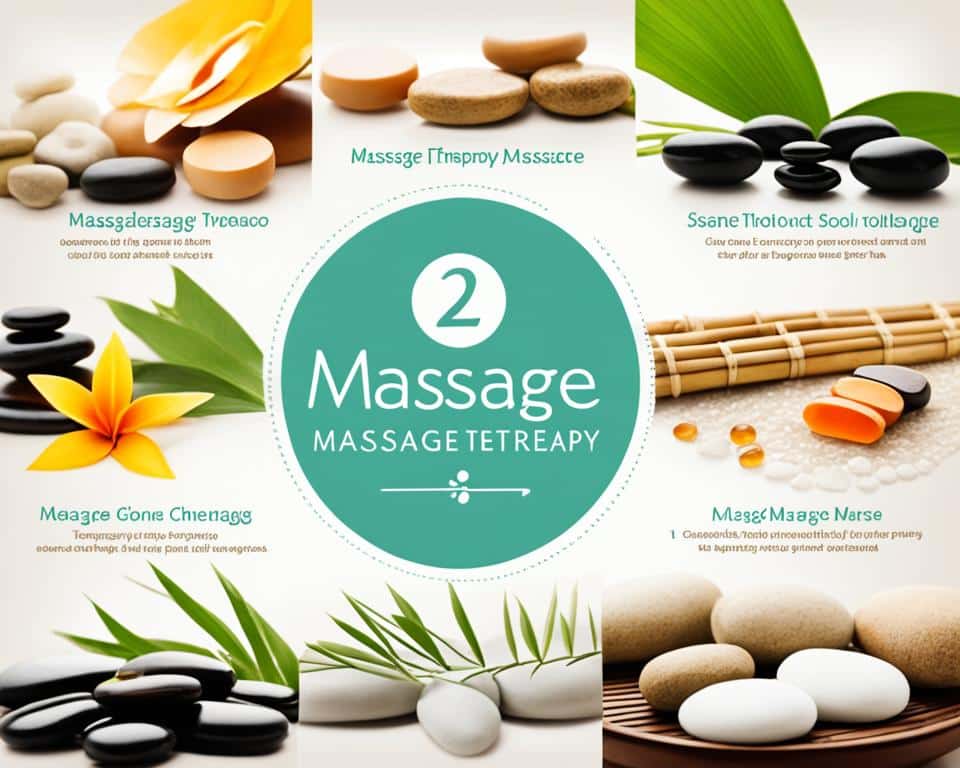Which is healthier Massage or stretching? An overview of Massage vs stretching is:
Massage receives, stretching takes; Massage relieves pain, stretching reduces the chance of injury; Massage therapy requires certification, but anyone can stretch. No matter how active you are, a regular dose of both activities may bring great results and health benefits.
This was the comparison; the main question is:

Is it better to stretch before or after a massage?
Stretching is a type of physical activity that extends specific muscles to its full length in order to enhance muscle flexibility.
In contrast, Massage helps release muscle fibers and increases blood flow. Keeping this in view, one should get a Massage at first after it can go for stretching.
It’s like preparing the muscles for stretching. If not, having stretching at first before Massage causes pain and may lead to injury.
This is because, Massage soothes your muscles, releases the tension, thereby primes your muscles before going for a big stretch.
Hence, it is better to stretch after Massage despite doing it before Massage.
Now a relatable query to Massage vs stretching is;
Can Massage replace stretching?
Massage and stretching both have their own importance. Neither one is recessive nor dominant. The benefits of stretching and Massage are varied; during stretching, muscles of the body extend or lengthen a lot, whereas the increase of muscles in Massage does not happen to the same extent.
In Massage, muscles soothe and relax to a high level that cannot be achieved through stretching. Hence, they both can work together to provide good muscle health and strength; thereby, Massage cannot replace stretching.
Is Stretching bad for you?
Pre and post-workout stretching has long been done. But researchers and scientists now claim that stretching not only averts one reaching maximum strength during the workout but also increases the chances to get an injury.
Team of analyst and researchers from the University of Zagreb examined 104 types of research from past where part taker was asked to stretch before starting workout or other physical activity (researchers used studies which focuses mainly on static stretching) .
After a complete evaluation of all the data. They found that strength in muscles that were stretch prior to a workout is decreased by five and a half percent.
This shows that stretching is good for muscles, but anything with an imbalance loses its importance.
The same goes for stretching. If you exceed the average level, it will cause harm.
For example: Stretching your muscles at a high level before getting a massage intense your muscles despite relaxation.
Similarly, a continuous stretch to your muscle will be useful, but if done with proper care, otherwise, it will cause harm to your muscles.
Hence, stretching your muscles is a healthy exercise, but if done casually may prove bad for you.
What is the best form of stretching?
PNF stretching is presently the most advanced and effective form of stretching. PNF is an acronym for Proprioceptive Neuromuscular Facilitation.
This technique is highly admired in gyms and fitness clubs. It is known to increase the flexibility and range of motion in a short period of time.
It improves both the passive and active range of motion and enhances muscular strength.
PNF stretching was initially developed as a form of rehabilitation, and to that effect, it is beneficial.
It’s an excellent therapy to target muscle groups in order to increase muscle flexibility and improve muscular strength.
The benefits you get with this best form of stretching are: Do away with stiff, tight muscles and joints; improve your freedom of movement; make you out of injuries, pains, and aches.
This all increases your flexibility and makes you soar as a sportsman.
There are different PNF methods based on the stretching principles you can go for: the contract-relax process (CR), Facilitated stretching, or Hold-Relax stretching, which is one type with different names.
The variation is of the antagonist-contract practice (AC) and the Post Isometric Relaxation (PIR) – another version of PNF stretching.
The final method is the combo of CR and AC, the contract-relax-antagonist-contract (CRAC).
To attain all these benefits you have to go for PNF instead of traditional and passive stretching techniques.
Does stretching actually work?
Stretching is considered to be the main element in improving the flexibility of muscles. Athletes always go for a few stretching exercises before they begin their workouts.
For instance; A runner does a hamstring before hitting the pavement, a gymnast does hyper-splits during the warm-up, and a yogi winds down his practice with a few forward bends.
But does stretching really increase flexibility? Does stretching actually work? And if so, how?
A false belief about stretching is that it makes muscles permanently longer; in actuality, it keeps your muscles flexible and strong.
This happens when you perform exercises and workouts; they train your nervous system to tolerate a greater degree of muscle extension without firing off pain signals.
This eventually decreases muscle soreness, increases range of motion, improves blood circulation, and relaxes your body muscles by reducing muscular tension.
Bottom Line
To conclude this all; it’s proved that stretching actually works by keeping muscles flexible, strong, and healthy, improving your performance in physical activities, decreasing the risk of injuries, and maintains a range of motion in the joints.
Without it, the muscles shorten and become tight. Hence, your weak and stiff muscles won’t be able to work properly when you have a task for them- they’ll be unable to extend all the way to your journey.



